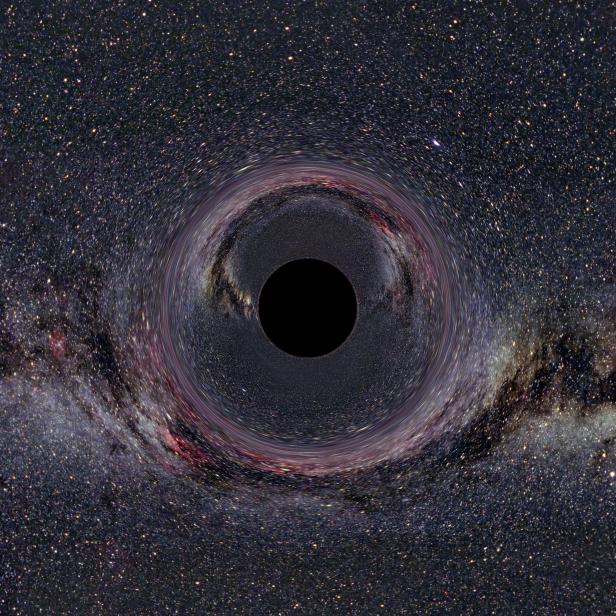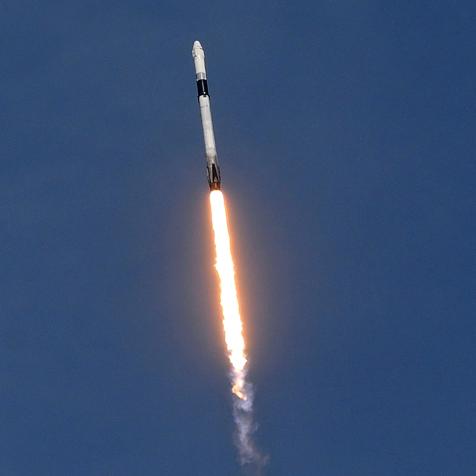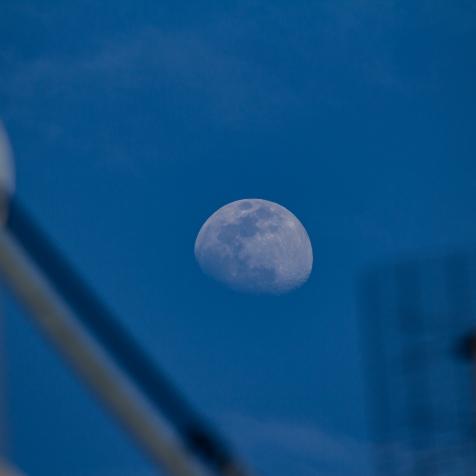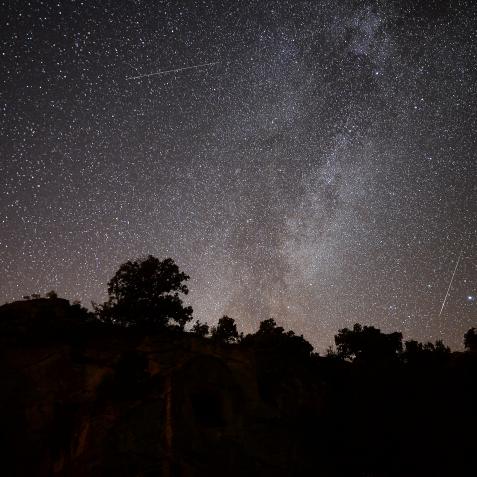
Photo 12/Universal Images Group via Getty Images
That’s a (Weirdly) Big Black Hole!

Recently astronomers identified a black hole near a star called LB-1 and they found out that the black hole is 70 times the mass of the sun. This is a mystery because the biggest black holes we can get from the deaths of the most massive stars are around 30 times the mass of the sun, so how did black hole get this big?
How do you spot a black hole? They’re black, and space itself is vaguely black too. If you just look out into space and see nothing but blackness, you don’t know if you’re looking at the empty reaches of the great interstellar nothingness, or straight into the heart of one of the most enigmatic creatures in our universe.
Astronomers have managed to solve this puzzle in a number of ways. Since we can’t see black holes directly, we have to look at clues they leave behind in the environment around them. And when it comes to black holes, the only clue they leave behind is gravity. That’s because black holes are massive, dense gravity-generating machines: all they do is pull and pull and pull.
If a black hole happens to form in a binary star system (you should note that black holes in our universe appear to exclusively form from the deaths of the most massive stars, but that’s a story for another day), then the remaining star in that pair will still orbit its dark companion, tethered to it by chains of gravity.
Sometimes gas from the not-dead-yet star can spill onto the sibling black hole. As all that material crowds in on itself in a headlong rush towards the ultimate abyss, it heats up and glows, emitting copious amounts of x-ray radiation. This is radiation that we can see, even from tens of thousands of lightyears away. With this technique, we can’t spot a black hole itself, but we can detect the radiation signature of all the gas spiraling in towards its doom.

But not every black hole gets to feed like a parasite on a sibling star, so this method can only spot a small fraction of all the black holes out there.
Recently, a team of Chinese astronomers tried another approach, staring at a single star (in their case, a particular star without a cool name, just the boring descriptor LB-1) over the course of a couple years. In their diligent staring, they found the star to wobble a little bit to and fro, suggesting that the star was not alone, but orbiting some unseen, dark companion.
Through painstaking analysis of the orbit, they determined that whoever LB-1 had as a friend, it was massive, somewhere around 70 times the mass of the sun.
And something that big couldn’t be a star, because if it was, it would’ve been blindly bright and obvious.
It’s a black hole, 7,000 lightyears away from us.
When it comes to black holes, this one isn’t the smallest – that honor goes to the also unfortunately-named XTE J1650-500, with a mass not even 4 times that of the sun. And LB-1 isn’t the biggest either; the most massive black hole whoppers in the universe grow to monstrous proportions of hundreds of billions times the mass of the sun.
What’s curious about LB-1’s size is…well, its size. The giant black holes bulk up on material at the centers of galaxies, feeding for millions of years. And as far as we can tell through the process of thinking about it really hard, the biggest black hole that can form from the death of a star is around 30 or 40 solar masses.
So how did LB-1 double its initial birth size? Did it gobble up some neighbor long ago? Is it really two black holes orbiting so tightly together we can’t tell the difference from here? Are we missing something when it comes to our understanding of how black holes form and evolve?
This isn’t the first black hole in this mass range spotted – the LIGO gravitational wave detector has already seen a few like it – but it’s the first one that we can stare at (or at least, stare at its companion), and hopefully the more we look into the abyss, the more the abyss looks back at us.


















